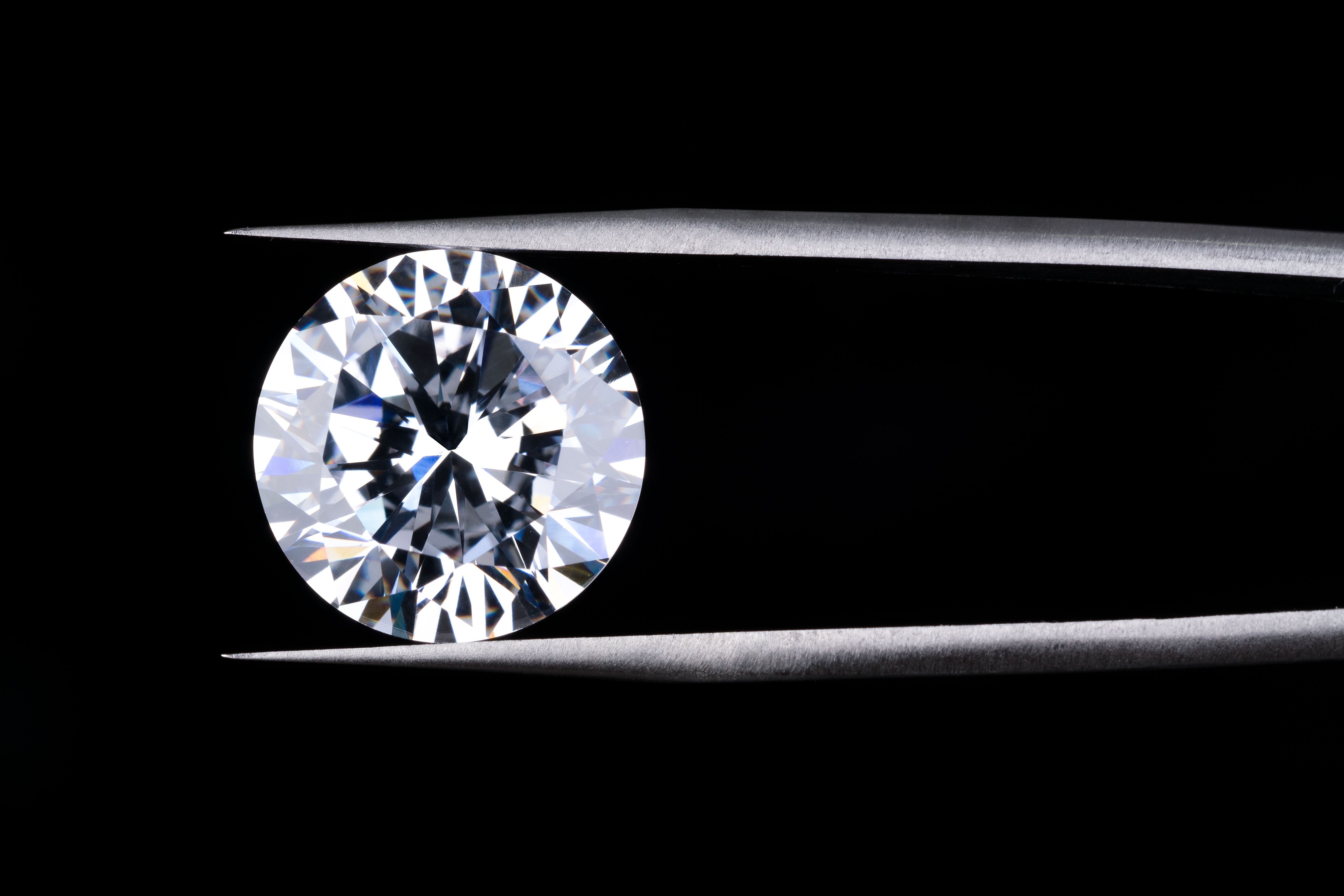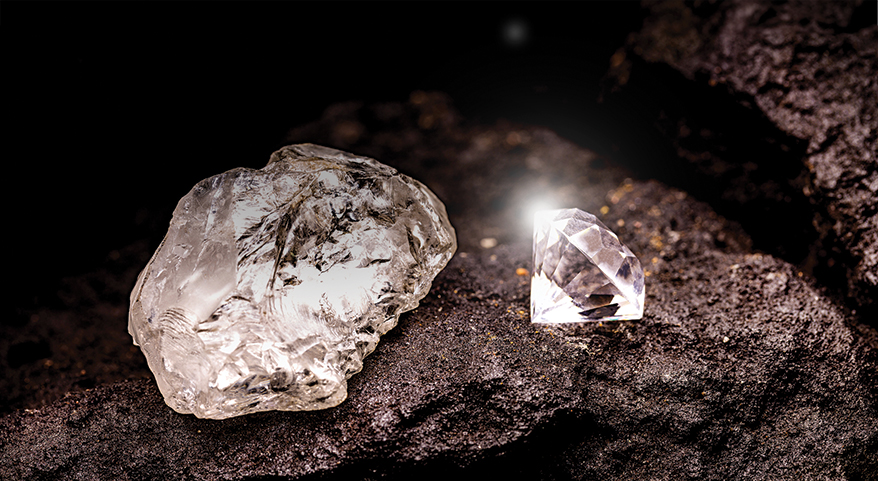
CVD vs HPHT: A Comprehensive Comparison of Synthetic Diamond Production Methods
admin
- 0
Introduction
When it comes to creating synthetic diamonds, two methods stand out: Chemical Vapor Deposition (CVD) and High Pressure High Temperature (HPHT). Both techniques offer unique benefits and have their own set of applications, but what makes them different? In this article, we’ll dive deep into the CVD vs HPHT debate, exploring how each method works, their advantages, and which might be the better choice depending on your needs. So, buckle up as we explore the fascinating world of synthetic diamonds!
What is CVD?
How CVD Works
Chemical Vapor Deposition (CVD) is a modern technique for producing synthetic diamonds. This process involves creating a diamond in a laboratory environment that mimics the conditions of the Earth’s mantle where natural diamonds form.
Here’s a simplified breakdown of the process:
Preparation: A diamond seed, a small piece of diamond, is placed in a chamber.
Vaporization: A gas mixture, usually containing carbon (like methane) and hydrogen, is introduced into the chamber.
Deposition: The gases are ionized, and carbon atoms deposit onto the diamond seed, slowly building up layers of diamond.
Key Advantages of CVD
CVD diamonds are celebrated for their ability to produce high-quality diamonds with fewer inclusions and better control over color. Additionally, CVD can be used to create larger diamonds more affordably compared to HPHT.
What is HPHT?
How HPHT Works
High Pressure High Temperature (HPHT) is a more traditional method, modeled after the natural processes that form diamonds. HPHT involves replicating the intense pressure and temperature conditions of the Earth’s mantle.
Here’s a step-by-step look at the process:
Preparation: A small diamond seed is placed in a chamber along with a carbon source.
Pressurization: The chamber is subjected to extreme pressure and temperature, similar to those deep within the Earth.
Formation: Carbon atoms crystallize around the seed, forming a diamond.
Key Advantages of HPHT
HPHT diamonds are known for their authenticity in terms of the natural diamond growth process. This method can also produce diamonds with unique color properties and is often used to enhance the color of diamonds.
Comparing CVD and HPHT
Quality and Purity of Diamonds
When it comes to quality, both methods produce high-grade diamonds, but with some differences. CVD diamonds are typically purer with fewer internal flaws, while HPHT diamonds might have more natural-looking inclusions but can also exhibit unique color traits.
Cost Considerations
CVD diamonds are generally more cost-effective due to the lower production costs and the ability to create larger diamonds more efficiently. HPHT lab grown diamonds can be more expensive because of the high energy and material costs involved in replicating natural conditions.
Environmental Impact
In terms of environmental impact, CVD has a notable edge. The process is less energy-intensive compared to HPHT, which requires extremely high temperatures and pressures. Therefore, if environmental sustainability is a concern, CVD might be the better choice.
Applications and Uses
Both types of diamonds have various applications. CVD diamonds are often used in industrial applications such as cutting tools and electronics due to their purity and size. HPHT diamonds are favored in jewelry for their natural-looking colors and unique characteristics.
CVD vs HPHT: Which is Better?
Choosing between CVD and HPHT depends largely on your specific needs and priorities. If you are looking for cost-efficiency and high-quality diamonds with fewer inclusions, CVD might be the way to go. On the other hand, if you value the authenticity of the diamond’s creation and are interested in unique color properties, HPHT could be more suitable.
Future Trends in Diamond Production
As technology advances, both CVD and HPHT methods are evolving. Innovations in CVD technology might lead to even more cost-effective and high-quality diamonds, while HPHT techniques are likely to improve in terms of energy efficiency and color enhancement. Keeping an eye on these trends can help you make an informed decision about which method best meets your needs.
Conclusion
The debate between CVD and HPHT synthetic diamonds comes down to a few key factors: cost, quality, and personal preference. Whether you lean towards the modern, cost-effective CVD or the traditional, authentic HPHT method, both have their merits. As technology continues to advance, the future of synthetic diamonds looks bright, with ongoing improvements promising even better options for consumers. So next time you’re in the market for a diamond, consider these factors and choose the method that aligns best with your needs and values.


